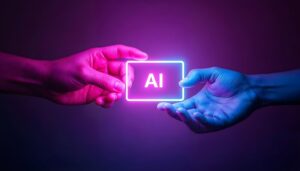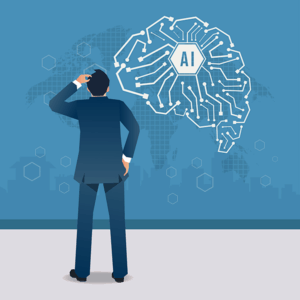Just like any large-scale change, business transformation requires efficiency. Often, we associate this efficiency with automation, digitization, and streamlined business operations.
While these are necessary tools to boost overall output, a core component we can’t overlook is a persistent focus on people.
In fact, research shows that when the right set of minds and voices come together, teams are able to think and execute smarter and faster, which can only help accelerate organization-wide change. At NLI, we call this balance of people “optimal inclusion.”
Inefficiency in the workplace
Countless studies point to the profound impacts of social inclusion and exclusion on brain function and well-being. In the workplace, this translates to our tendency to both accidentally exclude people and over-include others to satisfy our inherent social need for belonging.
When employees are “under-included” — say, excluded from emails or meetings they ought to be a part of — they may experience a sense of rejection and isolation, which the brain finds literally painful. As a result, productivity and engagement suffer.
On the flipside, imagine attending a conference call where you are one of fifteen team members, each trying to express his or her views on a given project. Inevitably, some voices will rise above others, people will step on others’ toes, and the meeting will lose focus when there are too many cooks in the kitchen.
In both cases, sub-optimal inclusion causes employees to experience social threat responses that lead to inefficiency and negative impacts on the bottom line.
The antidote: Optimal inclusion
Optimal inclusion is a core part of any transformation because it allows teams to move from idea to action much more quickly. Basically, it cuts straight through red tape.
According to one PWC Report, focusing on improving the human experience, has been linked to stronger financial performance. Another study found that empowering others to make decisions encourages more efficient decision-making.
The common denominator? Optimal inclusion.
To help leaders optimally include, organizations can rely on NLI’s SCARF® Model of social threat and reward. It helps employees understand one another’s needs for Status, Certainty, Autonomy, Relatedness, and Fairness — five drivers of workplace engagement.
The notion of change itself, for example, has the potential to trigger uncertainty threats and sow distrust in employees. A leader who understands the SCARF® principles will attend to his or her employees’ needs and feel well-equipped to mitigate this threat by conveying as much information as transparently as possible.
In so doing, leaders can neutralize social threats or even turn them into feelings of reward, putting folks in the right state of mind to foster transformation within the organization.
What does this mean for you?
Whether you are sending an email, running a meeting, or establishing a project team, as a leader, it is your job to include conscientiously and sometimes, exclude gracefully to help your organization remain efficient. This means focusing on key employees so as to protect them from overload, addressing individual social needs, and creating clarity from the get-go to match employees’ expectations of inclusion and social threat and reward appropriately.
By way of optimal inclusion — that is, by focusing deliberately on obtaining the right perspectives at the right times, with help from the SCARF® Model — leaders can see organizations through effective and efficient transformation.
This article is the fourth installment in NLI’s new series, Transformation: The Master Class, a 4-week campaign to help leaders initiate and execute business transformation.






